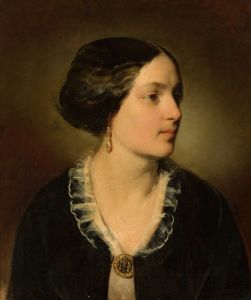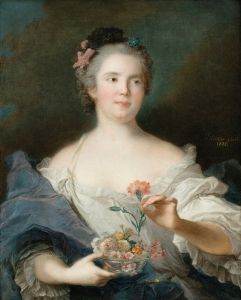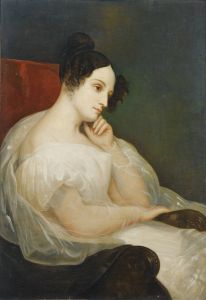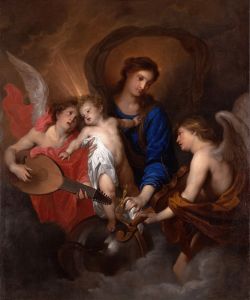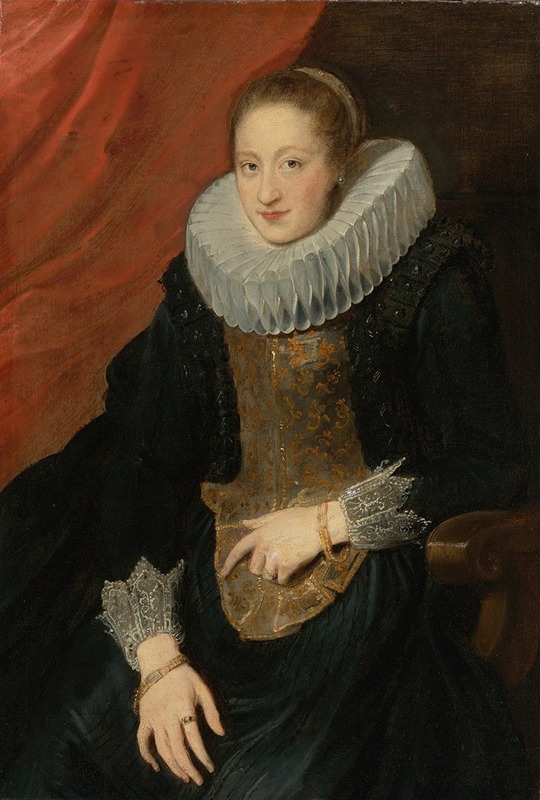
Portrait Of A Lady
A hand-painted replica of Anthony van Dyck’s masterpiece Portrait Of A Lady, meticulously crafted by professional artists to capture the true essence of the original. Each piece is created with museum-quality canvas and rare mineral pigments, carefully painted by experienced artists with delicate brushstrokes and rich, layered colors to perfectly recreate the texture of the original artwork. Unlike machine-printed reproductions, this hand-painted version brings the painting to life, infused with the artist’s emotions and skill in every stroke. Whether for personal collection or home decoration, it instantly elevates the artistic atmosphere of any space.
"Portrait of a Lady" is a painting by the Flemish Baroque artist Anthony van Dyck (1599–1641), one of the most prominent portrait painters of the 17th century. Van Dyck was known for his refined and elegant style, which greatly influenced portraiture in Europe, particularly in England, where he served as the court painter to King Charles I.
This particular work, "Portrait of a Lady," is an example of Van Dyck's skill in capturing the grace and poise of his sitters. The painting depicts an unidentified woman, dressed in luxurious attire that reflects her high social status. Her clothing, likely made of fine fabrics such as silk or satin, is adorned with intricate lace and possibly jewelry, emphasizing her wealth and position in society. The sitter's pose and expression convey a sense of dignity and composure, hallmarks of Van Dyck's portraiture.
The background of the painting is relatively subdued, a common feature in Van Dyck's works, which allows the viewer to focus on the subject. The use of light and shadow in the painting highlights the sitter's face and hands, drawing attention to her features and the texture of her clothing. Van Dyck's mastery of color and detail is evident in the rendering of the fabrics and the subtle tones of the sitter's complexion.
The exact date of the painting is not definitively known, but it is believed to have been created during Van Dyck's mature period, likely in the 1620s or 1630s. During this time, Van Dyck was active in various European courts, including those in Italy, the Southern Netherlands, and England. The identity of the sitter remains unknown, as is the case with many of Van Dyck's portraits of women, which were often commissioned by wealthy patrons or aristocratic families.
"Portrait of a Lady" exemplifies Van Dyck's ability to combine technical skill with a sensitivity to the character and status of his subjects. The painting is held in high regard as a representation of the elegance and sophistication of Baroque portraiture. It is currently housed in a museum or private collection, though the specific location may vary depending on the painting's provenance and exhibition history.
This work is one of many that demonstrate Van Dyck's enduring influence on the art of portraiture, both during his lifetime and in subsequent centuries.








